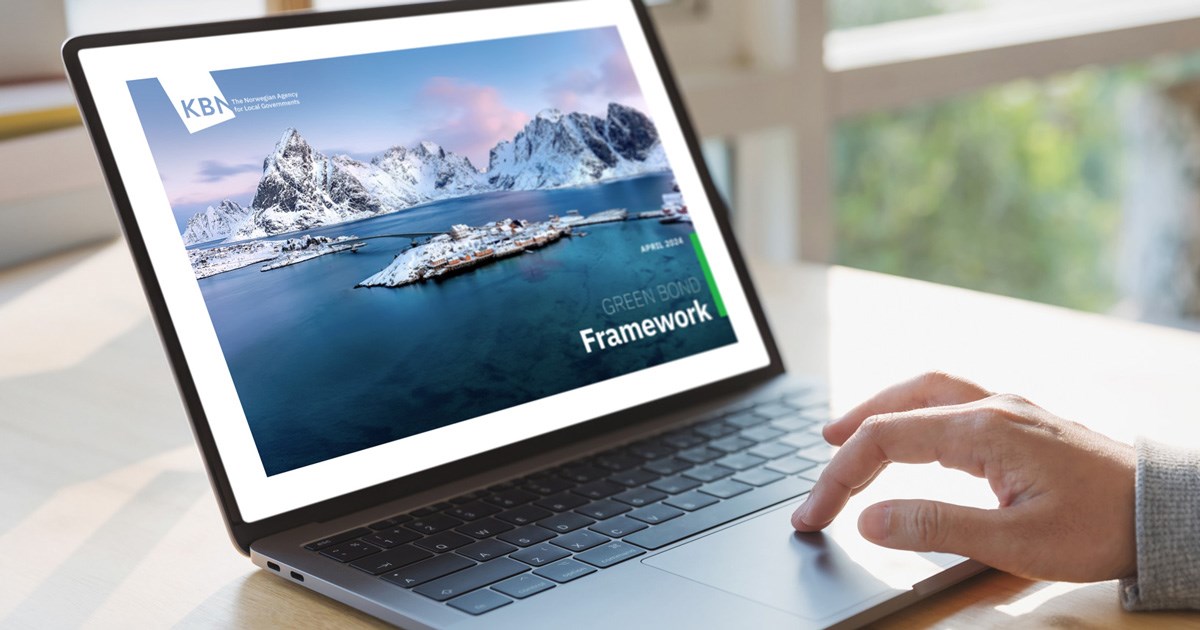KBN publishes new Green Bond Framework
KBN’s new Green Bond Framework given Medium Green shading in S&P Second Party Opinion (SPO).
Framework update
The 2024 Framework, replacing the 2021 version, and most recent Criteria Document, place greater emphasis on both nature- and climate-related risks.
- The SPO highlights KBN’s thorough selection process and documentation requirements, annual impact reporting and positive social benefits, says Head of Green Finance in KBN, Kia Kriens Haavi.
The framework is aligned with the ICMA Green Bond Principles.
S&P Second Party Opinion April 2024 (pdf)
Strengthened criteria for green lending
The Eligibility criteria for projects are set out in KBN’s Criteria Document for Green Loans. The Criteria Document is subject to annual review, and selected project categories are assessed by KBN’s Green Expert Committee, a panel of external experts for each category.
The Criteria Document introduces a strengthening of selected eligibility criteria across several project categories to best reflect the development of environmental standards both in Norway and globally, as well as to further motivate the local government sector in their own transition efforts. The most significant update, however, is in the Buildings category. The updated criteria reflect recent technological and regulatory developments, including new measures to assess climate and nature risk in new development projects.
Nature and climate risk included in new criteria
Nature- and climate-related risks are important considerations in the transition to a more sustainable society. For all green loans to new buildings originated from 2024 onwards, KBN will examine the project’s land use.
Building on land types such as bogland and cultivated land will likely result in a rejection of green loan. Similarly, if a project area negatively affects cultivable land, high quality forests, or environmental registrations of habitats and key biotopes, KBN may also reject the application for green loan.
If the construction site is located within one or more risk zones related to avalanches, floods or quick clay, KBN will require documentation of how the risks are mitigated. If the developer has not conducted assessments and measures, the project may be disqualified from green financing.
- These measures are in line with KBN’s strategy to mitigate physical climate risk and to conserve or restore nature through our green lending portfolio, says Haavi.
KBN as a Green Bond Issuer
KBN is a long-term participant in the green finance market, having established a green lending programme in 2010. In 2023, KBN passed NOK 50 billion in green lending to 474 projects in the municipal sector, a growth of NOK 11.1 billion, and had outstanding NOK 38.6 billion in green bonds in five different currencies, totalling 8.6% of KBN’s total borrowings.
The Impact Report presents the projects financed with green bonds and their associated environmental impact, as well as providing information on the governance of KBN’s green lending programme.

